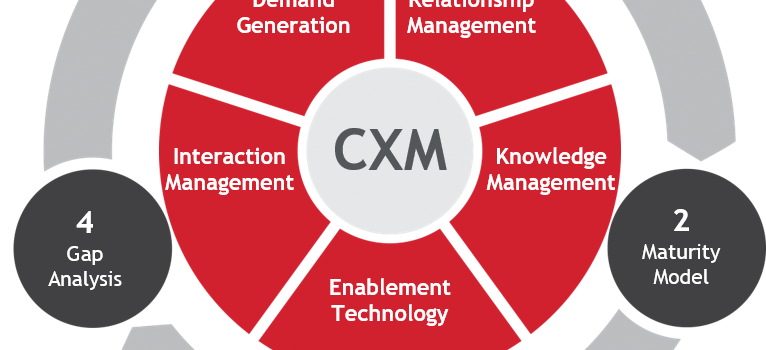Think CAA and the image of a tow truck arriving to jump-start your car may come to mind. But the Canadian Automobile Association has come a long way from its roots in the early days of the automobile era. Today’s CAA National operates more like a diversified corporation with four distinct lines of business: Roadside, Insurance, Travel and Rewards. Through its nine regional CAA clubs nationwide, the organization serves 6.1 million members and over 4 million households. And CAA National plays a central role by energizing member engagement and bolstering brand recognition.
A key element in the club’s strategy to increase customer loyalty is its CAA Rewards program, which offers members discounts and special deals with popular travel brands and retailers. The program’s partners include some of the biggest names in the hotel, car rental, food and gas industries, including Hilton, Starwood, Hertz, Cara, Petro-Canada, Joe Fresh and The Source. But while other loyalty programs earn commissions when members use partner services, CAA eschews fees. The potential for added income from these partnerships is not nearly as important to CAA as the membership benefits that the deals and discounts deliver. The group calculates that when members have three-plus touchpoints with partners, their already high renewal rate grows even higher.
“We believe in giving the value of our partnerships directly to our members,” explains Jeff Walker, vice president of public affairs and chief strategy officer of CAA National. “Most members can list all the CAA benefits they receive, from hotels savings to gas to car rentals to restaurant offers, on just one family trip. And that’s not even counting the rest of the year. We believe that these partnerships are most valuable to reinforce the relationship between members and our organization.”
Walker two years ago turned to data analytics to develop and enhance those partner relationships. Previously, CAA’s idea of a targeted promotion involved sending a direct marketing piece to members with a certain income level. But when one large travel partner asked for guidance on how to increase bookings for its tours of Europe and the U.S., Walker had a flash of inspiration. “Let’s dig deeper into our data,” he suggested.
CAA marketers began by analyzing the postal codes of that partner’s 25,000 customers using PRIZM5, the segmentation system from Environics Analytics that classifies Canadians according to 68 lifestyle types. They then overlaid key target segments identified from the PRIZM profile of the partner customers with CAA’s own database of 4.3 million member households. The analysis resulted in identifying 400,000 additional CAA households that shared the same segment-based lifestyles and, very likely, the same interests as the partner’s current customers.
“We were getting off-the-chart indexes for segments in our database that we hadn’t targeted before,” recalls Walker, who previously worked with PRIZM as senior vice president of Harris/Decima, one of Canada’s largest research and communications agencies. “They were twice as likely as our average member to buy this kind of service. The data made so much more sense than our educated guess of who we should be marketing to.”
CAA then crafted a targeted direct mail and email campaign using PRIZM-linked data from a PMB survey that showed these customers—and prospects—liked intense outdoor experiences. “We learned that these weren’t beach people but travellers who liked to hike, golf and go to national parks,” recounts Walker. “So what did we do? We structured a campaign around visiting the national parks in the U.S.”
The email campaign proved wildly successful. Its hit rates, click-throughs and sales all increased four-fold over previous efforts. At CAA, officials were as happy with the open rate as the sales figures. “Even if our members didn’t buy, we were pleased with the open rate because it meant that we’d provided a relevant offer,” says Walker. “The campaign was a win-win for our partner and for us.”
Since then, CAA has redoubled efforts to grow its partnerships, now the most common way members interact with the group. And one of its chief selling points for potential partners is the ability to use segmentation data like PRIZM5 to identify prospective customers within CAA’s huge database. As Walker explains, “We know that ‘spray and pray’ marketing no longer works. When using segmentation with our database, we no longer have to guess which segments of our members to target.”
Walker adds that the segmentation data even helps partners that may not have their own customer database to analyze. If company leaders believe their core customers are men between 35 and 54 years old, CAA analysts can approximate which PRIZM5 segments in that age demographic would fit the bill. “The response is usually positive,” observes Walker. “They say, ‘This is fantastic, way more depth than we had before about our customers.’ The data has helped us engage several partners who had few customer insights before they came to us.”
Walker, who’s been with CAA since 2010, is careful about not abusing the club’s member database, even with targeted offers. The organization remains privacy compliant by only analyzing postal codes of members—“We don’t want people’s names or addresses,” he says—and controlling the marketing campaigns directed to its members. For example, CAA limits the frequency of communications through its varied channels of email, direct mail and corporate magazine.
“We don’t believe in multiple communications with members like Groupon,” he notes. “We want to make sure that we send the right message to the right member at the right time.”
Another benefit of data-driven analysis and campaign design is that CAA can now measure the results and determine their return on investment. “We had a hell of a time doing ROI on a mass media campaign,” Walker said about previous efforts. The PRIZM-based analysis has also helped partners connect with sometimes difficult to reach cultural groups. “That was a surprise, that we were able to identify new customers for our partner,” he says.
As gratifying as it is to help CAA’s Rewards partners grow, Walker never forgets where his true loyalty lies. Data-driven analytics has helped CAA strengthen member loyalty by providing more relevant product and services offers. “By using tools like PRIZM, our members get more of what they want from their engagement to our brand,” he says. “And that makes them renew with us.”
This article originally appeared in the July 2016 issue of Direct Marketing.





No Comment